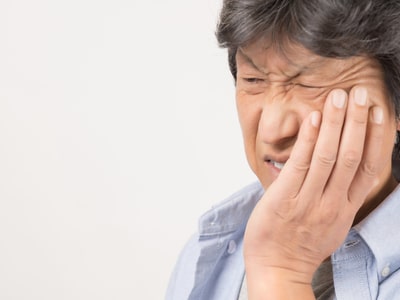
Braces: Causing Your Canker Sores?
So, why do you keep getting canker sores? Canker sores are flat white sores that appear in your mouth and can last for a week or more. What causes these small mouth ulcers is unknown.Though the exact causes of canker sores in children are unknown, many things can trigger their recurrence. Stress, tissue damage in the mouth, poor nutrition, certain foods, viruses, or bacteria are just some of the potential triggers of an ulcer.




